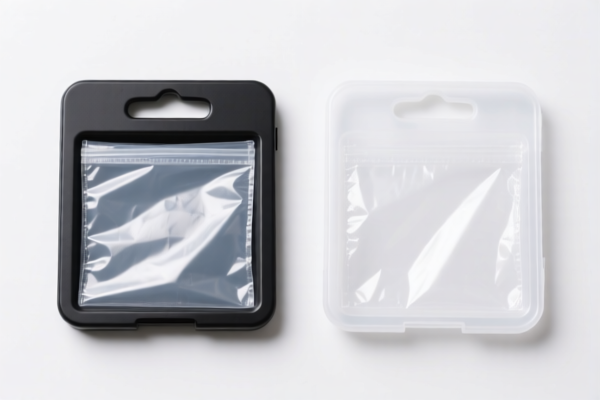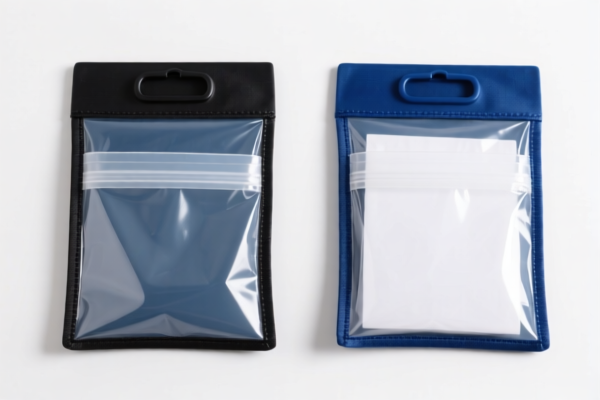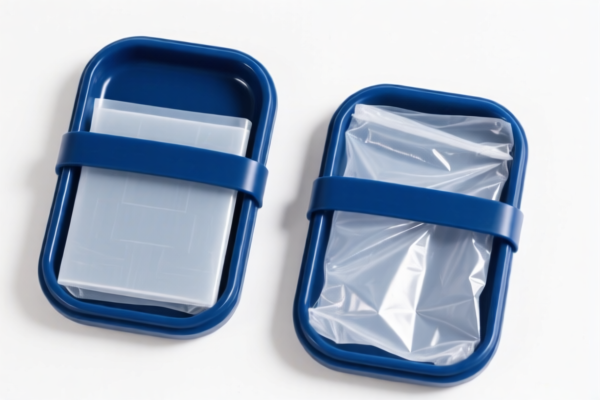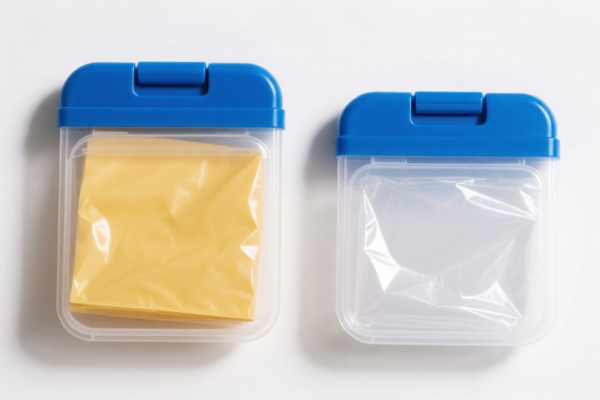| HS Code | Official Doc | Tariff Rate | Origin | Destination | Effective Date |
|---|---|---|---|---|---|
| 4819100020 | Doc | 55.0% | CN | US | 2025-05-12 |
| 4819100040 | Doc | 55.0% | CN | US | 2025-05-12 |
| 3923102000 | Doc | 55.0% | CN | US | 2025-05-12 |
| 3923109000 | Doc | 58.0% | CN | US | 2025-05-12 |




Carton Box
A carton box, commonly referred to as a cardboard box, is a corrugated cardboard container used for packaging and shipping goods.
Material:
The primary material is corrugated fiberboard. This consists of three layers: an inner liner, a corrugated medium (fluting), and an outer liner. The fluting provides strength and cushioning. Common materials used include:
- Kraft linerboard: Made from wood pulp, known for its high strength.
- Recycled linerboard: Made from recycled paper, a more sustainable option.
- Fluting: Typically made from wood pulp, determining the box’s compression strength.
Purpose:
- Shipping: Protecting items during transit.
- Storage: Organizing and containing goods.
- Packaging: Providing a protective layer for products.
- Moving: Transporting personal belongings.
Function:
- Protection: Shields contents from damage (crushing, impacts, moisture).
- Stacking: Designed to be stacked for efficient storage and transport.
- Containment: Keeps items secure and prevents shifting during handling.
- Branding/Information: Provides a surface for printing logos, product information, and handling instructions.
Usage Scenarios:
- E-commerce: Shipping purchased items to customers.
- Retail: Packaging products for sale.
- Industrial: Transporting components and finished goods.
- Residential: Moving homes or storing personal items.
- Food and Beverage: Packaging for dry goods, often with specialized coatings.
Common Types:
- Regular Slotted Container (RSC): The most common type, with flaps of equal length.
- Die-Cut Boxes: Custom-designed boxes for specific product shapes and sizes.
- Folding Cartons: Used for smaller items, often with pre-printed designs.
- Heavy-Duty Boxes: Constructed with thicker materials for heavier or fragile items.
- Mailer Boxes: Designed for shipping smaller items directly to customers.
- Pizza Boxes: Specifically designed for transporting pizza, typically with ventilation holes.
- Wardrobe Boxes: Tall boxes with a hanging bar for transporting clothes.
The declared goods are carton boxes, which are packing containers made of paper, paperboard, cellulose wadding, or webs of cellulose fibers, used for the conveyance or packing of goods. They are commonly used in offices, shops, and for general packaging purposes.
The following HS codes are relevant to carton boxes, based on the provided information:
-
4819100020: This HS code covers cartons, boxes, and cases made of corrugated paper or paperboard, specifically sanitary food and beverage containers.
- 48: Chapter 48 – Paper or paperboard; articles of paper pulp, paper or paperboard.
- 19: Heading 19 – Cartons, boxes, cases, bags and other packing containers; paperboard containers.
- 10: Subheading 10 – Cartons, boxes and cases, of corrugated paper or paperboard.
- 00: Further specification – Sanitary food and beverage containers.
- 20: Specific code.
- Tax Rate: Base tariff 0.0%, Additional tariff 25.0%, post-April 2, 2025, additional tariff 30%. Total tariff 55.0%.
-
4819100040: This HS code also covers cartons, boxes, and cases made of corrugated paper or paperboard, but categorized as "Other".
- 48: Chapter 48 – Paper or paperboard; articles of paper pulp, paper or paperboard.
- 19: Heading 19 – Cartons, boxes, cases, bags and other packing containers; paperboard containers.
- 10: Subheading 10 – Cartons, boxes and cases, of corrugated paper or paperboard.
- 00: Further specification – Other.
- 40: Specific code.
- Tax Rate: Base tariff 0.0%, Additional tariff 25.0%, post-April 2, 2025, additional tariff 30%. Total tariff 55.0%.
It is important to note that both HS codes 4819100020 and 4819100040 have the same tax rate structure: a base tariff of 0.0%, an additional tariff of 25.0% currently, increasing to 30.0% after April 2, 2025, resulting in a total tariff of 55.0% or 58.0% respectively. The distinction between these two codes likely depends on the specific application or intended use of the carton boxes.
Customer Reviews
No reviews yet.